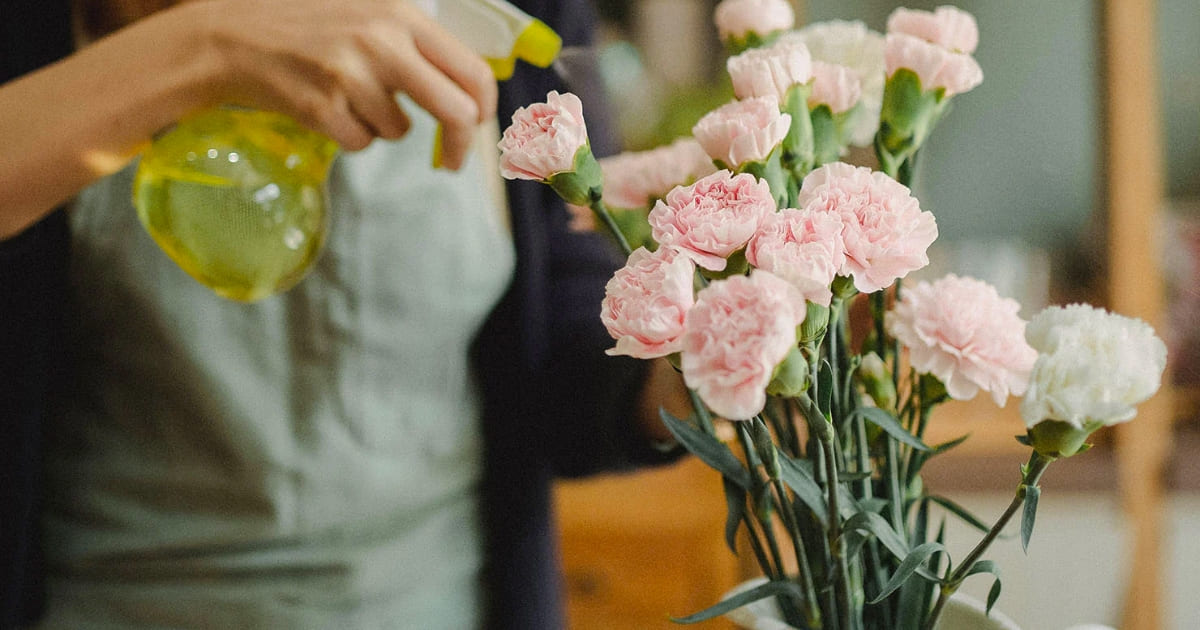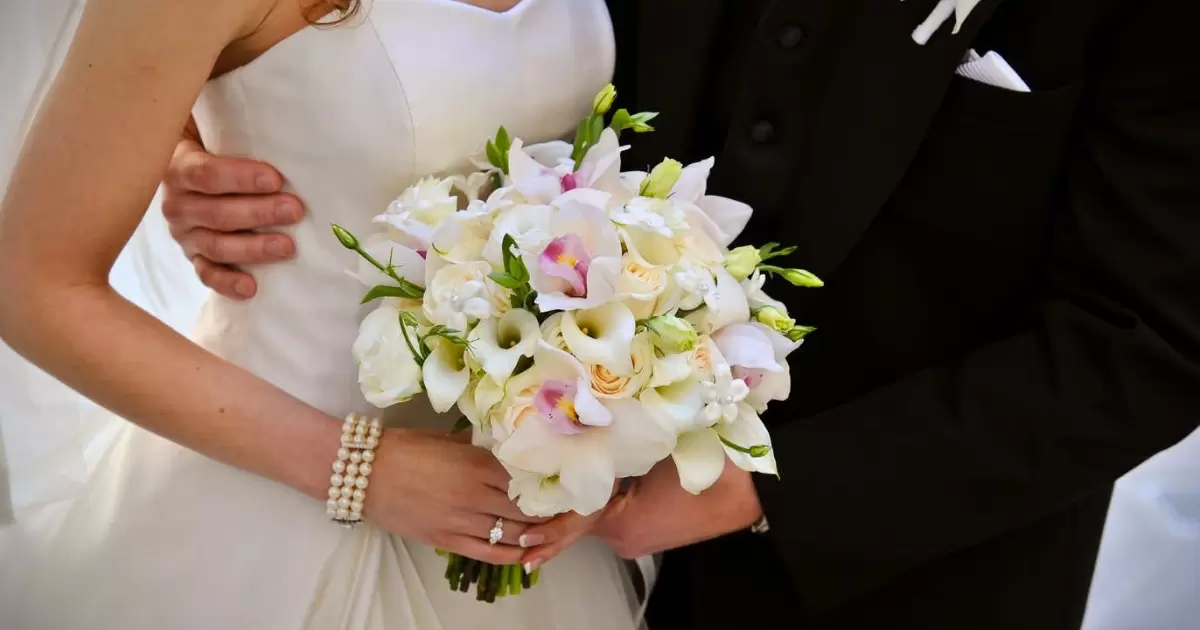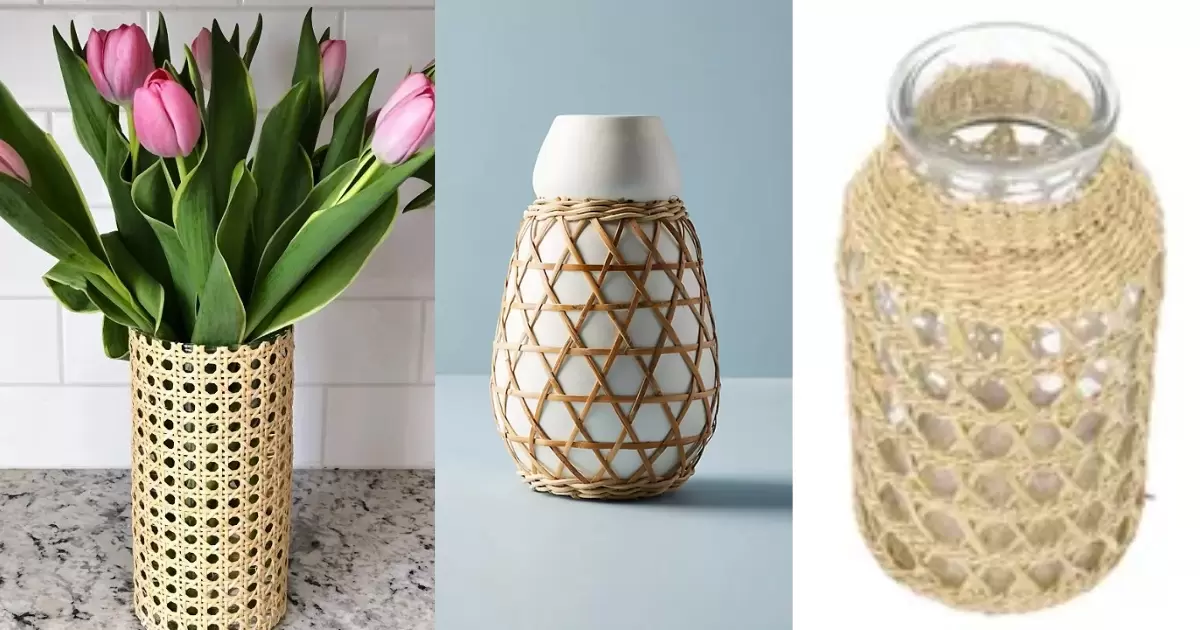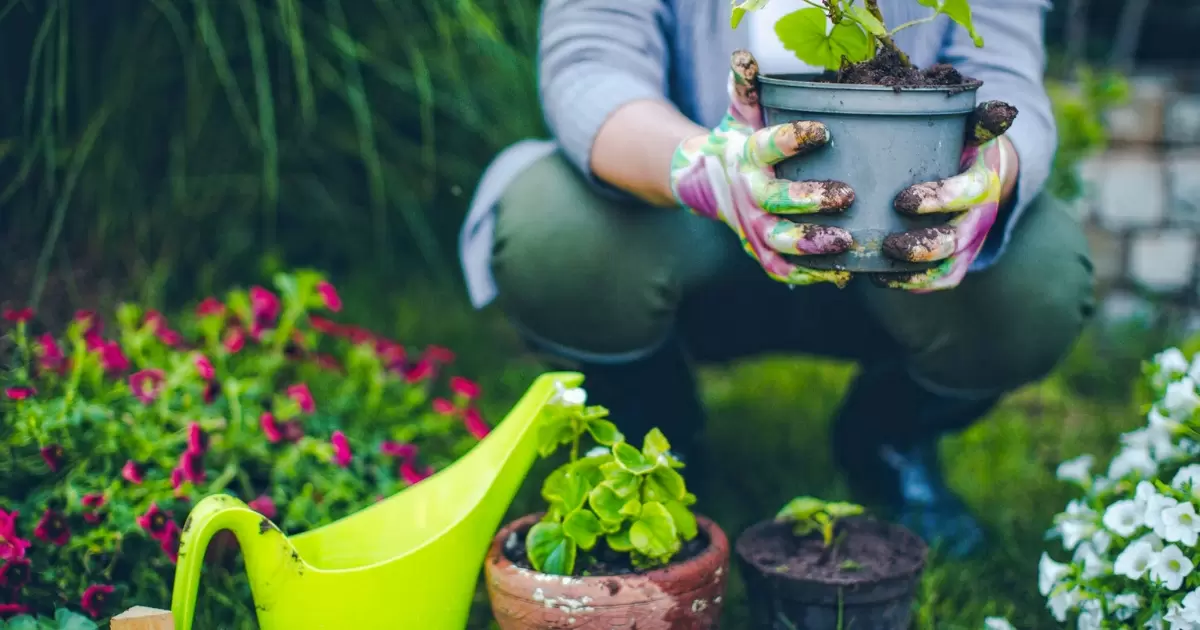Artificial flowers can be a charming and hassle-free home decor option. Properly cleaning them keeps your décor looking its best and extends the lifespan of your flowers and vases. Cleaning artificial flowers may seem intimidating, but it is quite simple with the proper supplies and methods.
Keeping fake flowers looking fresh and new in your favorite vase takes a simple effort. A basic cleaning every few months maintains visual vibrancy. We will explore an easy process using common household ingredients. Discover the straightforward steps on how to clean artificial flowers in a vase.
Concealing fake flower stems in a glass vase enhances their lifelike appearance. Strategic placement of filler materials like river rocks or glass beads hides effectively. This simple technique elevates the overall aesthetic of your floral arrangements. With proper concealment, your faux flowers will impress guests and maintain their realistic charm.
Gather The Necessary Cleaning Supplies For The Task
You will only need a few things to complete this process. Make sure you have the following on hand.
- Mild dish soap: Choose an option that isn't harsh or full of dyes or perfumes
- White vinegar: Helps break down built-up grime and hard water deposits
- Baking soda: Acts as a natural cleaning scrub
- Soft bristle toothbrush: For gentle scrubbing
- Soft cloth or paper towels: For rubbing, drying and polishing
- Bucket or large container: To hold your flower cleaning solution
Carefully Remove The Artificial Flowers From The Vase
First, gently grasp each artificial flower stem near the base. Slowly lift the flowers out of the vase one by one. Take care not to disturb the arrangement as you remove them. Place the flowers on a clean surface nearby.
Next, inspect the vase for any debris or residue left behind. Determine what to put in the bottom of the vase with fake flowers. Use a soft cloth or brush to wipe the inside of the vase. Ensure it's thoroughly clean before reusing it. Now, you're ready to arrange the artificial flowers back into the vase or store them safely.
Thoroughly Clean and Wash The Vase
To ensure your vase is spotless, start by rinsing it with warm water. Use dish soap and a gentle brush to scrub away any residue. Rinse thoroughly to remove all soap residue, then dry completely with a clean cloth.
Next, inspect the vase for any stubborn stains or mineral deposits. If needed, soak the vase in a solution of equal parts water and vinegar. Let it sit for a few hours before scrubbing again and rinsing. Once clean, your vase is ready to showcase your beautiful floral arrangements.
Create A Cleaning Bath for The Artificial Flowers
This is where the magic happens! Follow these steps.
- Fill your bucket or large container with warm water from the tap.
- Stir in 2-3 tablespoons of baking soda and 1 cup of white vinegar.
- Place flower stems and blossoms fully into the solution.
- Swish them around and use your soft bristle toothbrush to gently brush each flower base, stem, leaf, and petal.
- Ensure all visible dust and grime is removed.
- Remove from solution and rinse exceptionally well under running water.
- Allow flowers to completely air dry before returning to the vase.
Return The Revitalized Flowers To Their Clean Vase
Once your flowers are pristinely cleaned and fully dried, you're ready for the final step - display them in their freshly cleaned vase for all to enjoy!
- Carefully insert each stem back into the vase, one by one
- Fluff and rearrange flowers and foliage as needed
- Place your decorative vase on your desired table, shelf, or pedestal
Frequently Asked Questions
What type of dish soap should I use?
Choose an unscented and dye-free mild variant. Dish soaps like Dawn are ideal.
How often should I clean my artificial flowers?
Aim to thoroughly clean faux flowers in a vase every 2-3 months. Clean more frequently if they are in a dusty spot or showing grime buildup.
What is the best way to dry my flowers after cleaning?
Allow your artificial flowers to completely air dry stem-side up to prevent water pooling in the blossoms. This protects their shape and material integrity.
Conclusion
Concealing stems in clear vases can be achieved with various fillers. River rocks, glass beads, or acrylic gems can hide stems effectively while adding visual appeal. To enhance the appearance of fake flowers in glass vases, focus on arranging them naturally. Vary heights and angles for realism, and include foliage and fillers.
Moreover, making fake flower stems look authentic involves attention to detail. Use floral tape or artificial foliage to cover visible wires or stems. Adding imperfections, like bends, creates a more natural look. Finally, hiding wet floral foam in glass vases requires strategic placement or covering with moss or pebbles. Concealment maintains the aesthetic while ensuring stability.
.png)












